paintings 14
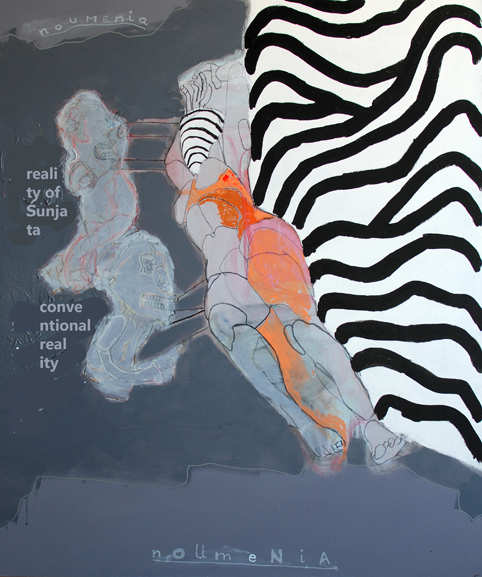
Allegory of existence in Śunjata. There are no different kinds of existence, there is only one existence. Existence in Śunjata reality and conventional reality are the same thing. It is the same existence - even though the natures of these realities are different (things manifest in different ways). Existence is zero-one - there is either existence or non-existence. The absence of time and property in the reality of Śunjata is part of its nature and does not affect the shape of existence.
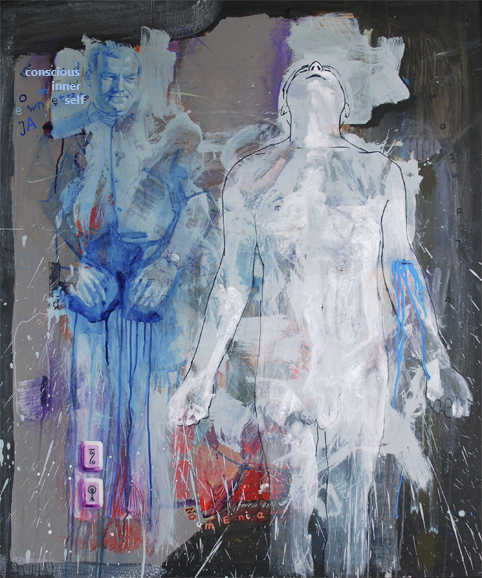
Allegory of experiencing Śunjata. To experience Śunjata one must leave the commonly experienced conventional reality - one must die to the world. The path to freedom - dying is an apt comparison for experiencing Śunjata repeatedly - gradually moving away from the human world. However, the dying of the dual mind is not the path to nothingness. Dying is the path to freedom.
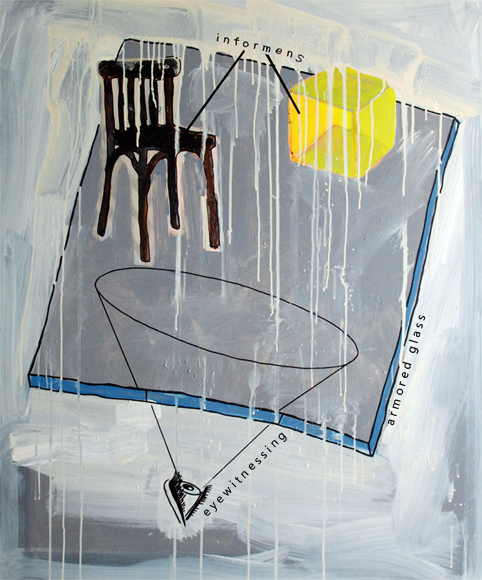
Experiencing Śunjata as through an armored glass, dusty and cloudy, he sees substitutes for objects in themselves - noumena. First the foreshadowing of the noumen of the chair, then the foreshadowing of the noumen of the yellow cube. What he sees is no longer a phenomenon (phenomenon), although it can in no way yet be a transcendent object (noumen). What the experiencing Śunjata sees is informen - still only one aspect of the thing itself, but already independent of the consciousness that knows it.
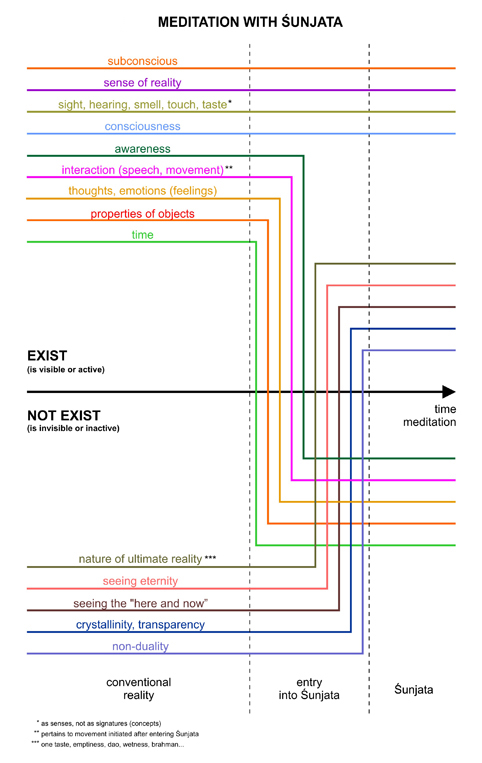
Meditation with Śunjata
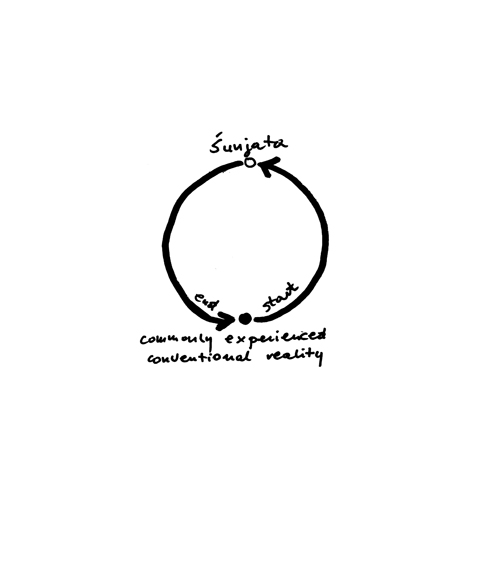
The path of transformation.
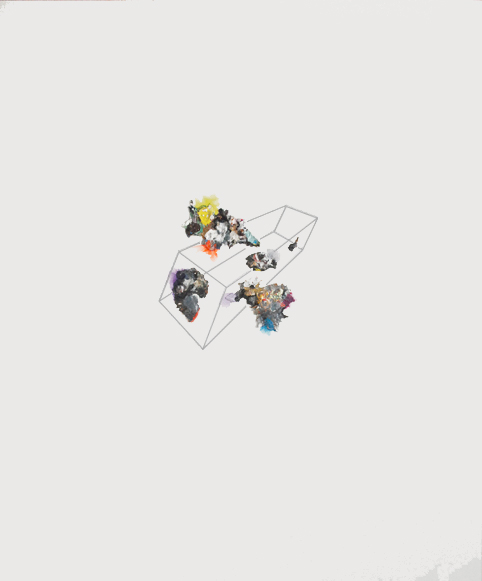
Allegory of the existence of things in Śunjata. Real existing things manifest the same nature in Śunjata. One of the characteristics of this nature is indeterminacy - they have no properties that differentiate them from one another. In this view, all things are a unity because of the feature of indeterminacy in their nature; at the same time, they are also a multiplicity because they are visible separately. They are visible in space, which is also indeterminate.
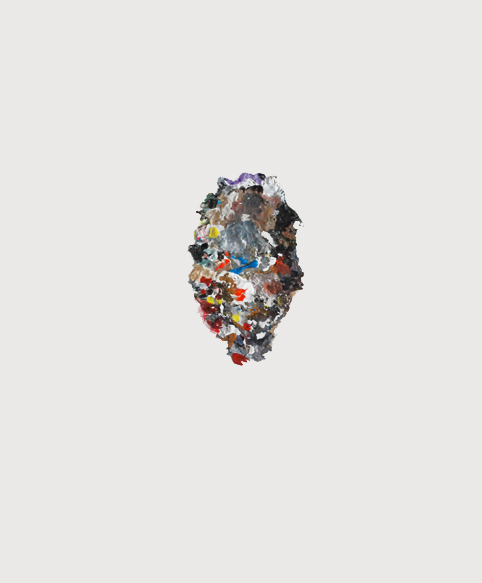
Allegory of the existence of a thing in Śunjata. The thing existing in the non-verbal and non-conceptual reality of Śunjata is devoid of ownership. It is visible as indefinite, intangible, imperceptible, peculiar, unspecified, indeterminate, genderless, bland, anonymous, nameless, unknown, unknowable, undefined, unmarked. Deprived of form and time - it is empty.
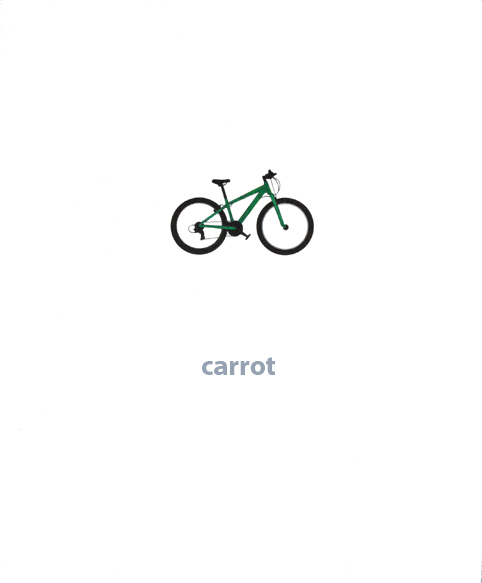
Carrot - a bicycle signed "carrot" - An ontic metaphor for the existence of things in Śunjata. A presentation of the way things manifest themselves in the reality of Śunjata - an attempt to conceptually represent existence in Śunjata. The juxtaposition of the image of the bicycle and the signature "carrot" does not create any associations. The mind searching for a carrot in the bicycle finds nothing there - it can't connect the two concepts into a logical whole. The mind remains in limbo - not recognizing the characteristics of a carrot in a bicycle, it does not see the bicycle as a carrot. At the same time, it also does not see the bicycle as a bicycle, because the bicycle is signed as a carrot. This inability to find the property, this inability to conceptualize, this momentary suspension of the mind combined with the eyesight of the bicycle is the equivalent of the existence of a thing in Śunjata - a thing realistically existing in the reality of Śunjata. This is not yet an image of the thing in Śunjata. It's just an ontic metaphor for the existence of a thing visible in Śunjata.

Spoon - a chair signed "spoon" - an ontic allegory of the existence of things in Śunjata. A view of the way things manifest themselves in the reality of Śunjata - an attempt to conceptually represent existence in Śunjata. The juxtaposition of the image of the chair and the signature "spoon" does not create any associations. The mind searching for the spoon in the chair finds nothing there - it can't connect the two concepts into a logical whole or even into a metaphor. The mind remains in limbo - not recognizing the characteristics of a spoon in a chair, it does not see the chair as a spoon. At the same time, it also doesn't see the chair as a chair, because that signed as a spoon. This inability to find the property, this inability to conceptualize, this momentary suspension of the mind combined with the eyewitness of the chair is the equivalent of the existence of the thing in Śunjata - the thing realistically existing in the reality of Śunjata. This is not yet an image of the thing in Śunjata. It's just an ontic allegory of the existence of the thing visible in Śunjata.
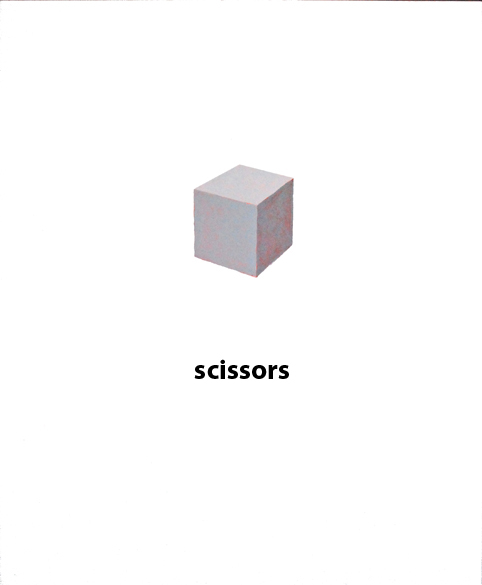
Scissors - the cube signed "scissors" - An ontic metaphor for the existence of things in Śunjata. A presentation of the way things manifest in the reality of Śunjata - an attempt to conceptually represent existence in Śunjata. The juxtaposition of the image of the cube and the signature "scissors" does not create any associations. The mind searching for scissors in the cube finds nothing there - it can't connect the two concepts into a logical whole. The mind remains in limbo - not recognizing the features of scissors in the cube, it does not see the cube as scissors. At the same time, it also does not see the cube as a cube, because the cube is signed as scissors. This inability to find properties, this inability to conceptualize, this momentary suspension of the mind coupled with the eyesight of the cube is the equivalent of the existence of a thing in Śunjata - a thing realistically existing in the reality of Śunjata. This is not yet an image of the thing in Śunjata. It's just an ontic metaphor for the existence of the thing visible in Śunjata.
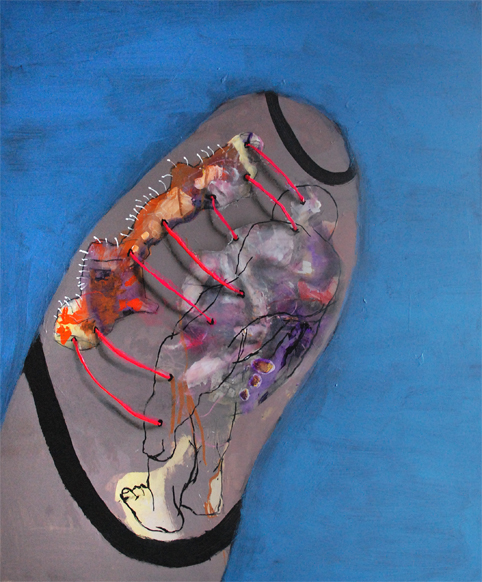
His human-like mind with a falsifying image of the world, separating consciousness. One of billions - susceptible to patriotisms, fascist religions, entangled in consumerist daily life.

Compassion or compassion - emotional compassion (I know how you feel) or rational compassion (I know why you act the way you do). Compassion withholding judgment as a path to transformation.